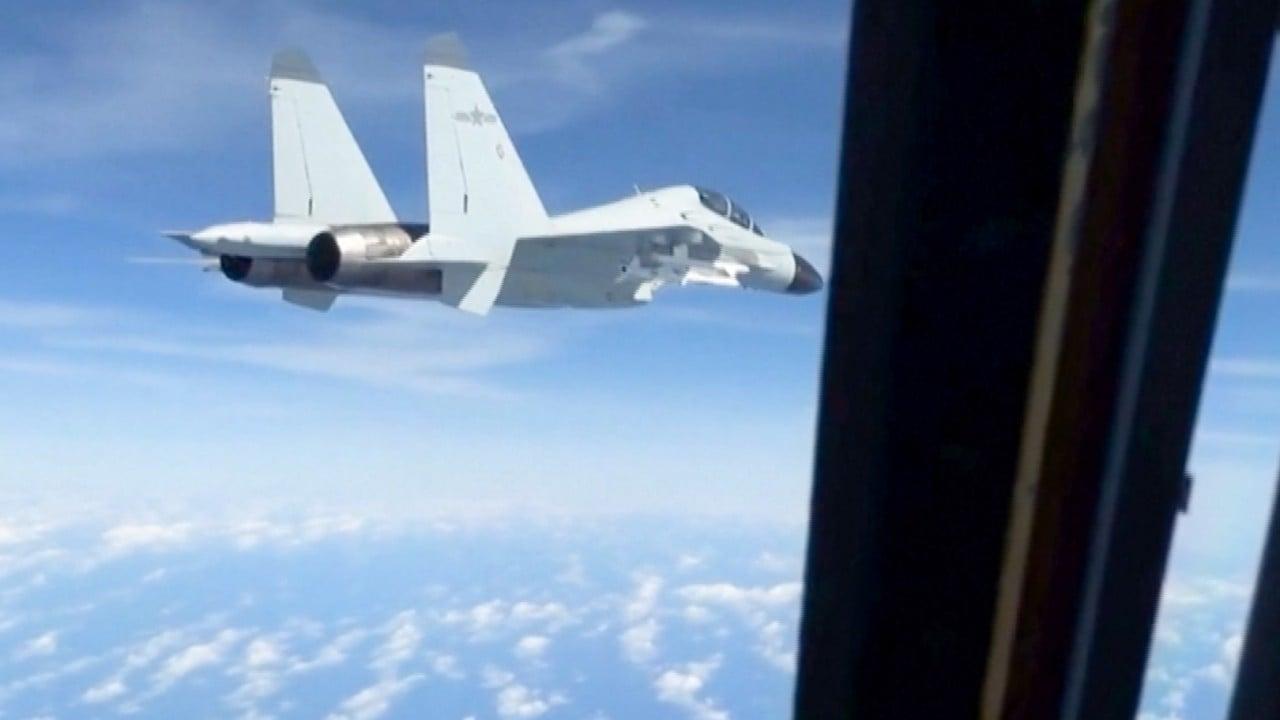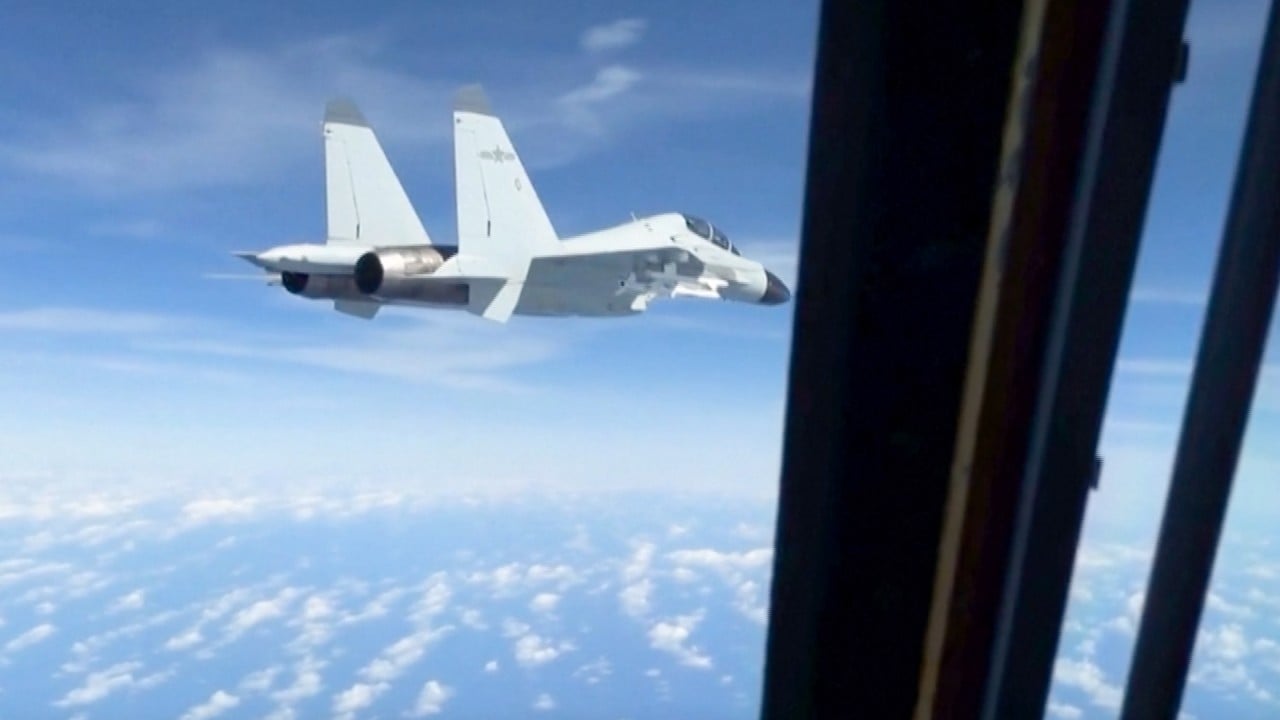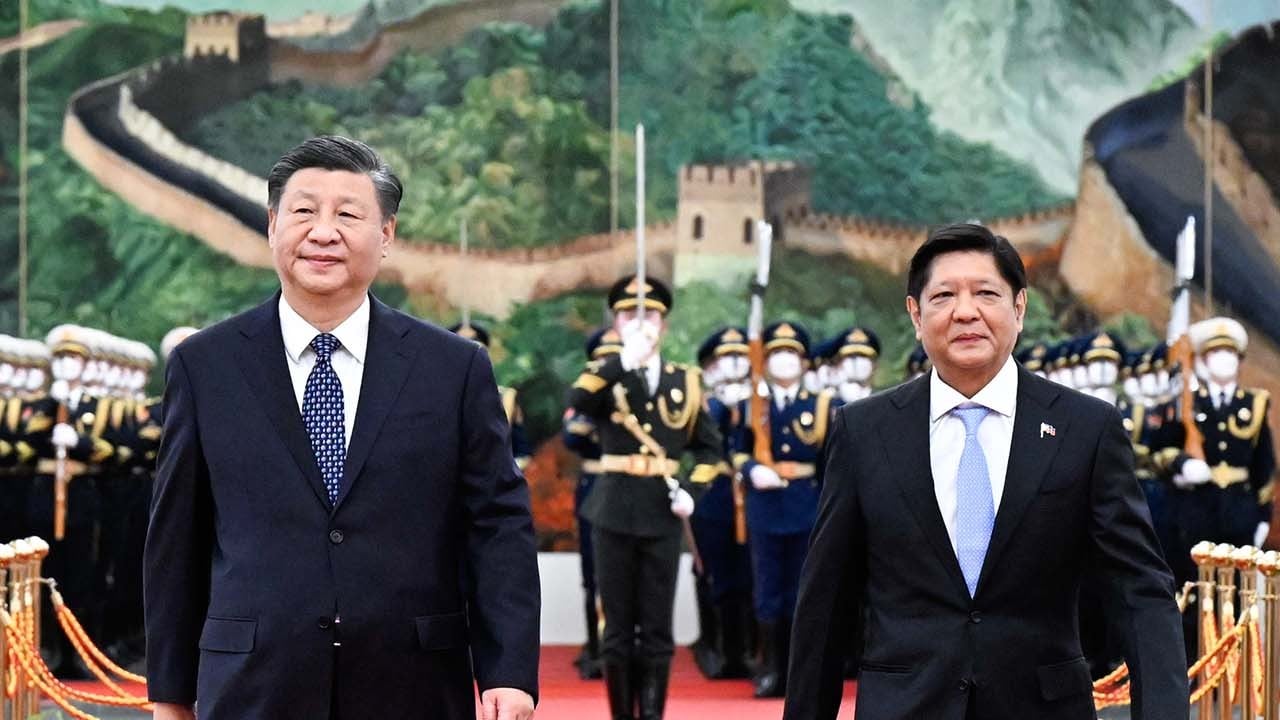
The drills came as the US Navy’s 7th fleet announced on Friday that the USS Nimitz Carrier Strike Group had conducted its first routine South China Sea operations of the year, including maritime strike training, flight operations and anti-submarine activities.
Zhou Chenming, a researcher at the Beijing-based Yuan Wang military science and technology think tank, said the PLA was forced to be vigilant because in recent years the US military had deployed more aircraft and warships to China’s southeastern coast during the Lunar New Year period.
The most recent close-in reconnaissance flight was conducted by a US Boeing RC-135 spy plane near the eastern Chinese cities of Shanghai and Qingdao on January 7, he said.
“It’s very hard for the PLA to predict the US military’s motivations for such provocative moves, as the two countries have yet to resolve their differences over the maritime order,” Zhou said.
Zhou said the US was able to “arbitrarily” perform freedom of navigation exercises and flights in the area because it refused to sign the UN Convention on the Law of the Sea, which recognises the waters as part of China’s exclusive economic zone.
The PLA feared the incursions by US planes and ships could lead to uncertainties and conflicts, he said.
While the PLA routinely deploys warships such as destroyers and frigates to watch American carrier strike groups in the region, it was unusual for China to send a carrier-led flotilla, Zhou said.
“The Shandong aircraft carrier has routine training tasks this year, but it seems like the PLA Navy decided to send the carrier and its accompanying vessels ahead of its scheduled time to respond to the USS Nimitz’s visit to the region.”
Collin Koh, a research fellow with the maritime security programme at Singapore’s Institute of Defence and Strategic Studies, said the increased encounters and engagement between the world’s two military powers could be seen as an attempt to avoid escalation.
“The US continues its military reconnaissance flights, and in response the Chinese ramp up PLA training, and then this results in the US further keeping close tabs on what the PLA is up to,” Koh said.
Koh said the close encounters might not help the two militaries improve their understanding, but at least it would help them to form “a rather predictable pattern of tit-for-tat behaviour” in their military engagements.
“I don’t see how the PLA stepping up training will dissuade the US to cease such missions anyway, since such events would be of huge interest to the Americans’ own peacetime preparation for future military conflict,” he said.
He said it was unlikely that the powers would roll back their activities as that would “signal weakness to each other”.
However, both sides are trying to prevent their confrontations from escalating into conflicts, which is consistent with the consensus reached during meetings between Chinese President Xi Jinping and his American counterpart Joe Biden, according to Koh.
“The crux of the matter is how to engage in such patterns of activities without unduly escalating. I believe this is what Biden is talking about when he mentioned ‘common sense guardrails’, which would refer to crisis management and stability.”




